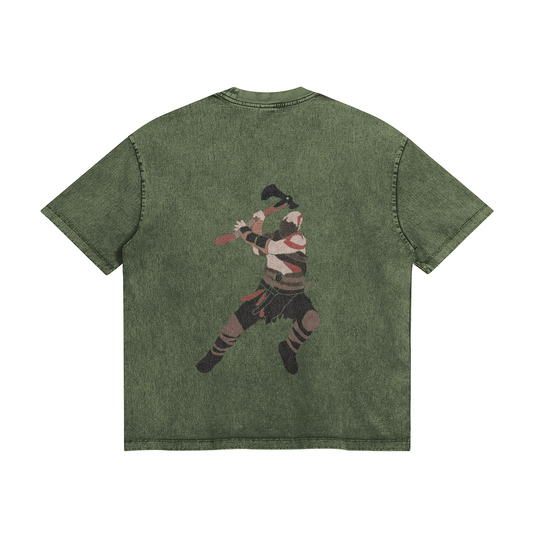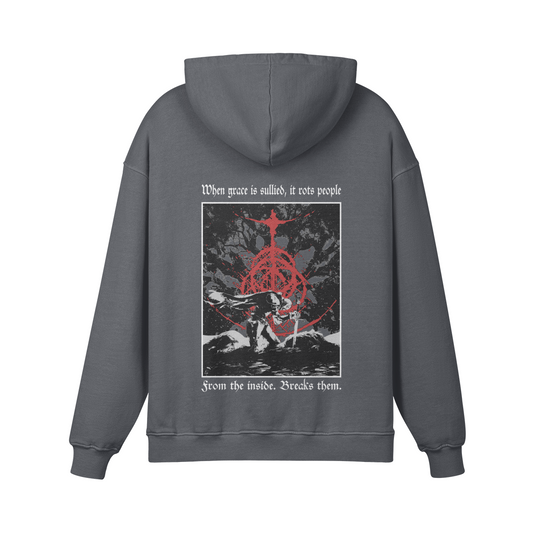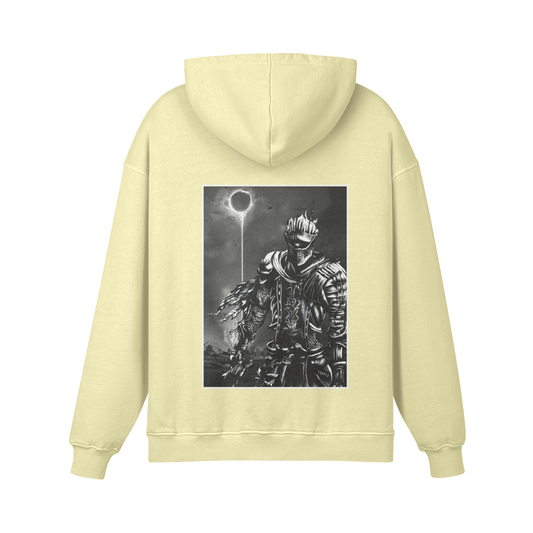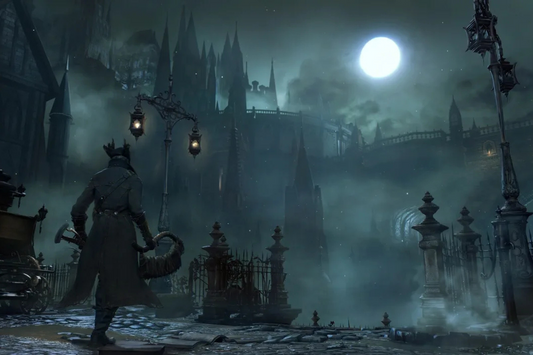The Dark Pictures Anthology Timeline and Story Connections Explained
The Dark Pictures Anthology, developed by Supermassive Games, is an evolving series of interactive horror games that are as interconnected as they are chilling. While each entry in the anthology presents its own standalone narrative, deeper inspection reveals intriguing story connections, overlapping themes, and a shared universe that adds an extra layer of complexity and mystery for returning players.
This article breaks down the timeline of events in The Dark Pictures Anthology and uncovers the hidden links and story threads that tie the games together.
What is The Dark Pictures Anthology?
The Dark Pictures Anthology is a series of cinematic horror games, each inspired by different urban legends, historical events, or horror sub-genres. The anthology is structured in seasons, with Season One including the following titles:
- Man of Medan (2019)
- Little Hope (2020)
- House of Ashes (2021)
- The Devil in Me (2022)
Each game tells a standalone story, featuring new characters, settings, and gameplay mechanics. Yet, they all share a common narrator, The Curator, and thematic elements revolving around player choice, morality, and consequences.
Understanding The Curator’s Role
The most consistent figure across the anthology is The Curator, a mysterious, almost omniscient presence who guides the player between and during each story. He serves as both narrator and observer, seemingly outside of time and space.
While he doesn’t interfere directly, The Curator often alludes to a larger purpose behind the events of the games. His cryptic comments and continued presence raise questions about whether the stories are mere morality plays, test simulations, or part of a deeper supernatural fabric.
The Chronological Timeline of Events
Although each game is released independently, the stories can be arranged in a loose chronological timeline based on the historical context of their prologues and main events.
-
2231 BC – House of Ashes (Prologue):
The earliest timeline entry begins in the Akkadian Empire. A cursed temple buried beneath the sands introduces ancient supernatural entities that resurface in modern times. -
1893 – The Devil in Me (Prologue):
Set during America’s first serial killer H.H. Holmes’ killing spree, this prologue highlights the origins of deception, manipulation, and fear as tools of murder. -
1947 – Man of Medan (Prologue):
Drawing inspiration from the legend of the SS Ourang Medan, this segment sets up a haunted military ship tragedy influenced by hallucinogenic gas and supernatural imagery. -
1972 – Little Hope (Prologue):
The prologue revolves around a tragic house fire tied to the town’s history of witch trials and psychological trauma. -
2003 – House of Ashes (Main Story):
Set during the Iraq War, this modern storyline follows a group of soldiers who unwittingly awaken ancient evil buried below the desert. -
2019 – Man of Medan & Little Hope (Main Stories):
Man of Medan's modern timeline follows a group of friends who board a ghost ship. Little Hope tells the story of a bus crash survivor’s psychological battle with guilt and hallucination in a town haunted by witch trial-era horrors. -
2022 – The Devil in Me (Main Story):
A documentary crew explores a replica of H.H. Holmes’ “Murder Castle” where the lines between entertainment and terror blur fatally. - Interconnecting Themes and Symbolism
While each game has its own plot, several consistent elements run through the entire series.
Choice and Consequence
Player choice is the cornerstone of The Dark Pictures Anthology. The butterfly effect is used heavily, meaning every decision can lead to drastically different outcomes. This concept not only drives gameplay but reflects deeper philosophical questions about morality and fate.
Death and the Supernatural
From ancient curses to ghost ships and murder hotels, death looms large across all entries. Whether supernatural or psychological, the threats are always tethered to the concept of mortality and human fallibility.
Guilt and Redemption
Many protagonists suffer from internal guilt or traumatic pasts, which often manifest as hallucinations or supernatural events. These psychological elements tie together the horror narratives across different timelines.
Recurring Imagery
Several symbols, such as mysterious coins, occult artifacts, and hallucinogenic elements, appear across multiple games. The presence of these recurring motifs adds to the idea of a shared universe or even a singular source behind the horror.
Theories on the Shared Universe
The Curator’s role raises theories among fans. Some speculate that the games take place in a kind of purgatory where souls are tested based on their actions. Others think that the Curator might be a celestial or demonic figure cataloging the tales of humanity’s darkest choices.
Another popular theory suggests that each story is a case file or simulation curated by an unknown organization or entity—possibly even the Curator himself—making every game a morality experiment.
What’s Next? The Future of the Anthology
The next title in the series, Directive 8020, marks the beginning of Season Two. While little is officially known, early teases suggest a science fiction horror setting aboard a spaceship. This marks a bold expansion in tone and genre, signaling Supermassive’s intention to explore horror in diverse and innovative ways.
The series' continuation suggests that while each story is distinct, the underlying threads—such as player choice, The Curator’s commentary, and psychological themes—will remain intact, possibly revealing more about the overarching universe as the anthology progresses.
Why the Timeline Matters
Understanding the timeline and story connections in The Dark Pictures Anthology doesn’t just deepen appreciation—it enhances gameplay. Knowing where each story fits in the timeline helps identify easter eggs, understand character motivations, and catch subtle nods to past (or future) entries.
Moreover, the shared universe concept increases replayability. The more you know about each game, the more details you’ll recognize when playing others in the series.
Final Thoughts
The Dark Pictures Anthology is more than a collection of horror stories. It's a masterfully interconnected series that rewards observant and engaged players. From ancient curses and psychological trauma to mysterious narrators and overlapping themes, each game contributes to a larger, darker puzzle.
As Supermassive Games continues to expand this chilling universe, fans can look forward to even more complex narratives, deeper connections, and terrifying new experiences that challenge what horror games can be.








